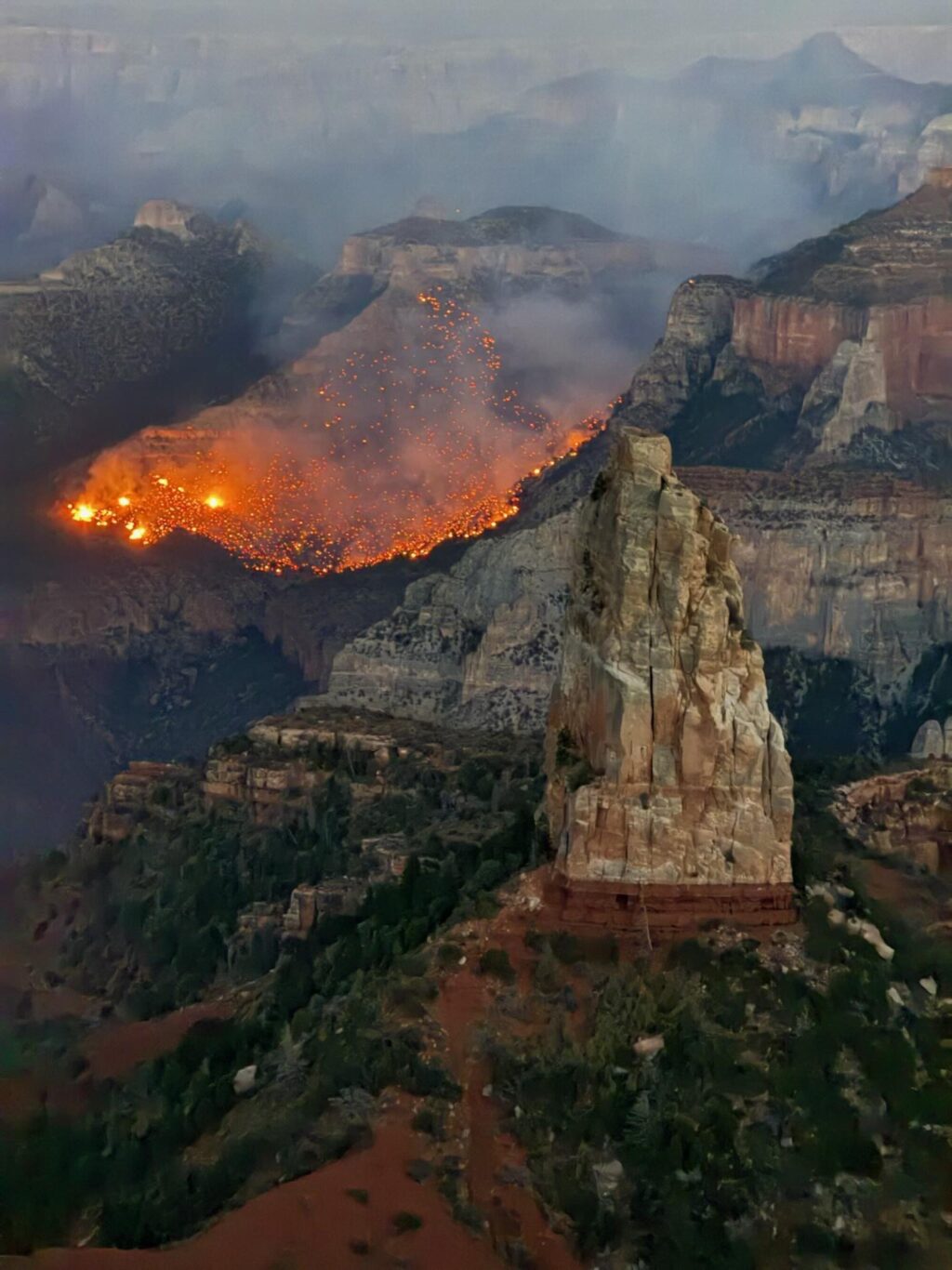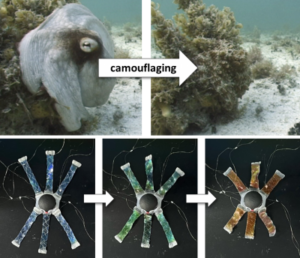
A small fire in the remote North Rim of the Grand Canyon escalated dramatically last month, evolving from a controlled burn to the largest wildfire in the United States for 2023. Initially sparked by lightning, the fire was viewed positively by park officials who aimed to allow natural processes to enhance the ecosystem. However, within days, a surge in winds transformed the modest blaze into the catastrophic Dragon Bravo Fire, which has consumed over 145,000 acres and is currently 63% contained.
As officials implemented a “confine and contain” strategy, the fire behaved as anticipated for about a week, with the National Park Service asserting that it posed no threat to public safety. On July 10, park authorities shared updates on social media, affirming the fire was being managed effectively. Yet, the situation escalated swiftly the following day when winds exacerbated the flames, leading to a rapid expansion that overwhelmed containment lines.
A national parks employee, who requested anonymity, described the chaos on the ground: “The fire jumped our lines on Friday, July 11. By 3 in the afternoon, crews were struggling to hold it.” The employee recounted the harrowing scene, stating, “By 9 p.m., there was nothing we could do. Embers were raining down everywhere.”
The sudden shift has raised questions about the decision-making process leading up to the fire’s rapid spread. Investigations are set to determine whether negligence or unforeseen circumstances played a role. The implications of this incident are dire for proponents of fire management policies that advocate for controlled burns as a means of maintaining healthy ecosystems.
Stephen Pyne, a noted environmental historian at Arizona State University, expressed concern about the potential backlash against fire management strategies. He remarked, “I hope one very bad fire won’t be used to destroy a good policy.”
The repercussions of the Dragon Bravo Fire have also sparked political responses. Arizona’s Democratic Senators and Governor Katie Hobbs have voiced the need for extensive investigations. Governor Hobbs criticized the federal decision to allow the fire to burn during a particularly dry and hot summer, emphasizing that Arizonans deserve clarity on how the situation escalated.
In the aftermath, observers noted the fire’s extraordinary size and intensity, which created pyrocumulus clouds towering hundreds of feet into the sky. Tourists visiting the South Rim and viewers on social media shared their astonishment as the fire engulfed historic structures, including the Grand Canyon Lodge, originally constructed in the late 1920s. The lodge, known for its breathtaking views, was reduced to a smoking ruin within days of the fire’s escalation.
Fire management experts, including Len Nielson from the California Department of Forestry and Fire Protection, highlighted the importance of identifying specific failures leading to the fire’s outbreak. He cautioned against an overreaction that could undermine the principles of controlled burning. “Let’s not throw the baby out with the bathwater,” he urged.
Historically, fire has been an integral part of the American West’s ecosystem. Under natural conditions, forests and grasslands would burn regularly, maintaining ecological health. Indigenous practices, along with natural events, often led to fires that cleared excess vegetation, reducing the risk of larger, uncontrolled wildfires. However, changing public perceptions and regulatory challenges have complicated efforts to implement controlled burns in recent years.
Nielson noted that even when prescribed burns are successful, local opposition can arise due to concerns about smoke affecting air quality. He cited a recent instance in Mendocino County where it took three years to secure permits for a controlled burn aimed at improving emergency access routes.
As fire conditions worsen due to climate change and ongoing drought, the challenges facing fire management advocates become even more pronounced. Riva Duncan, a retired fire chief and advocate for responsible wildfire management, pointed out that federal budget cuts have significantly reduced the workforce responsible for fire forecasting and management. These cuts have contributed to a lack of preparedness amid increasingly unpredictable weather patterns.
The National Weather Service and the National Oceanic and Atmospheric Administration have reported varying degrees of accuracy in weather predictions, which are crucial for anticipating fire behavior. Observations indicate that light winds were forecasted prior to the fire’s rapid spread, raising concerns about the reliability of the information available to park officials.
The Dragon Bravo Fire serves as a critical reminder of the complex interplay between fire management strategies and environmental conditions. As investigations unfold, the outcome may significantly influence future policies regarding controlled burns and wildfire management across the United States.
In the coming weeks, the focus will be on understanding the factors that contributed to the fire’s unexpected expansion and how similar incidents can be prevented in the future. For advocates of controlled burns, the stakes are high, as they seek to balance ecological benefits with public safety in an increasingly fire-prone landscape.







